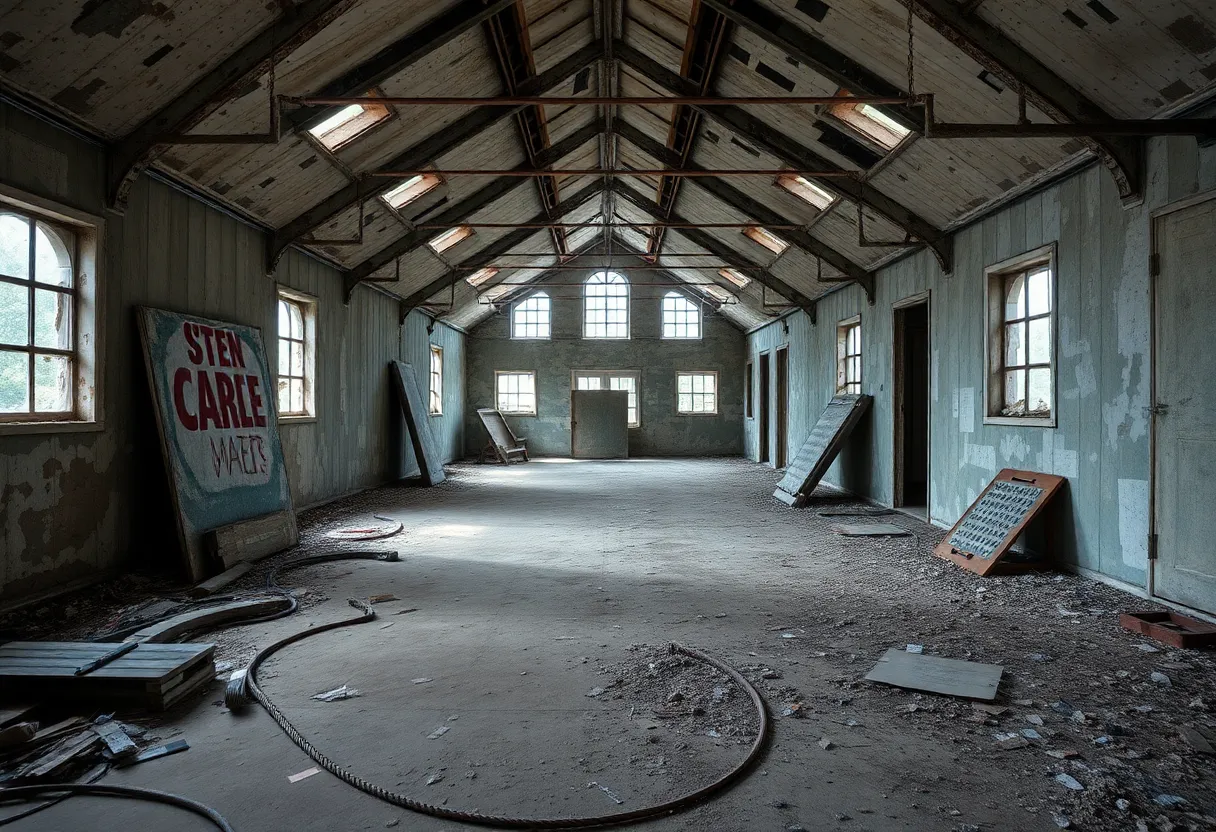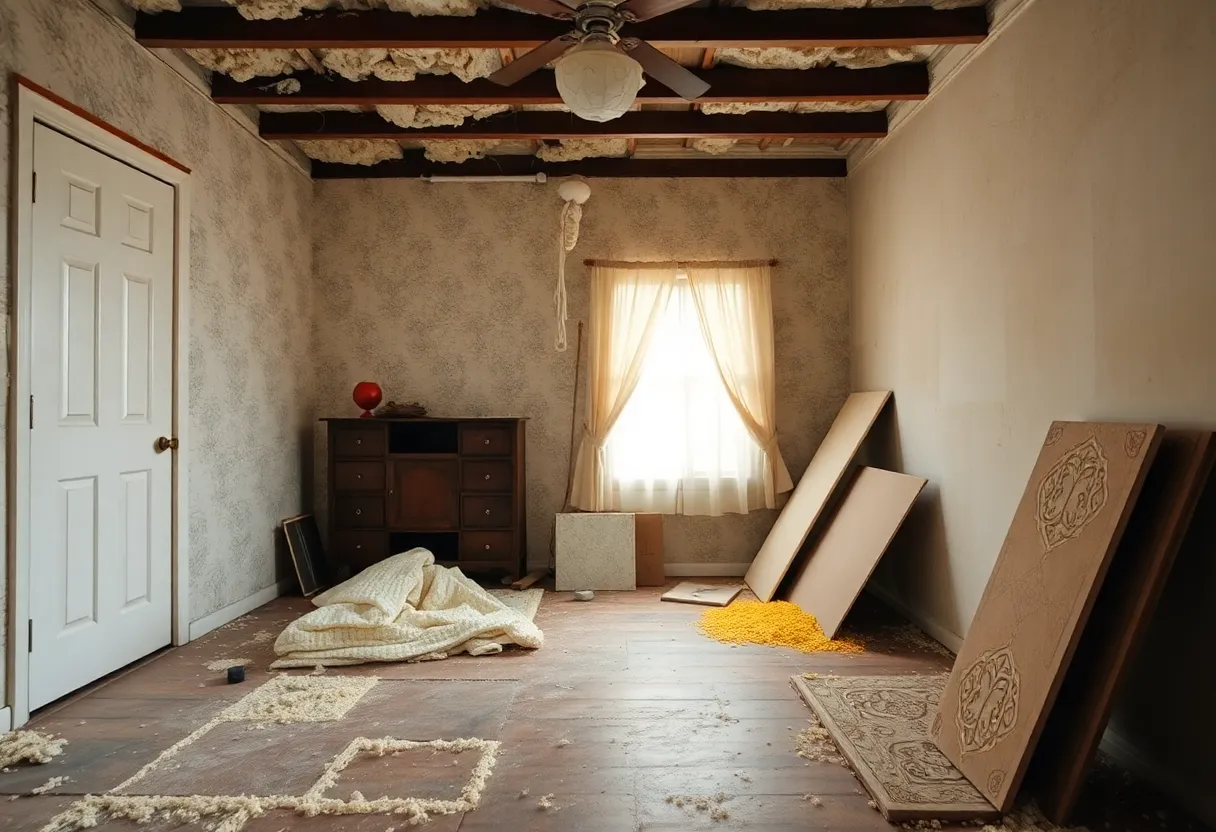News Summary
The recent policy change by the EPA raises concerns for veterans regarding asbestos exposure. Historically used in military settings, asbestos has led to a significant rise in diseases like mesothelioma. The looming reconsideration of chrysotile asbestos ban threatens to roll back progress made in protecting veterans and other exposed individuals. With a staggering toll of asbestos-related deaths among veterans, advocates urge for a firm ban and immediate action is deemed critical to safeguard public health.
Asbestos Crisis: Veterans Face Renewed Threat from EPA Policy Change
San Marcos, California, August 25, 2025 – Asbestos, a notorious mineral once considered a cornerstone of American military and industrial prowess, has insidiously carved a path of devastation across the nation. In light of the recent policy shift by the Environmental Protection Agency (EPA), there are growing concerns that the fight against asbestos exposure may be jeopardized, particularly for those who served in military installations.
The Asbestos Legacy: A Grim Overview
Throughout the 20th century, asbestos was hailed for its durability and fire-resistant properties. Historically, military bases and vessels, including those used extensively by the Navy, became toxic treasure troves of asbestos-containing materials (ACMs). As these materials aged and deteriorated, they released harmful fibers into the air, lodging themselves into the tissues of unsuspecting service members and civilians alike. Over time, exposure can ignite life-threatening conditions such as mesothelioma, lung cancer, and asbestosis.
The toll is staggering. Between 1999 and 2017, a harrowing figure of between 236,981 and 277,654 Americans succumbed to asbestos-related maladies. Currently, estimates reveal that each year, approximately 12,000 to 15,000 individuals die from diseases directly linked to this substance—an avoidable tragedy had decisive actions been taken earlier.
Federal Response: A Pattern of Delayed Action
Efforts by the federal government to address the dangers of asbestos only came after a legacy of exposure had already unfolded. In 1989, the EPA took a crucial step to restrict most usages of ACMs, which, while significant, was a move that came far too late for many. The last active asbestos mine in the U.S. closed in 2002, yet loopholes persisted permitting the importation and ongoing use of chrysotile, the most prevalent and dangerous form of asbestos.
After decades of struggle, the EPA finally took a long-awaited step in 2024, moving to prohibit the use of chrysotile entirely. However, recent developments indicate that this hard-won progress may be unraveling.
Compliance Vulnerability: EPA’s Reassessment of the Ban
This June, the EPA intrepidly announced plans to reconsider the chrysotile ban, raising alarm bells among environmental and veterans’ advocates. Critics emphasize that this sudden reassessment poses a direct threat to the protective measures that had been set in motion. Rather than tightening the reins on asbestos exposure, this policy shift threatens to reopen previously closed channels to harmful substances, setting back years of progress toward public health protection.
Veterans at High Risk
California, home to over 1.8 million veterans—the highest population of service members in the country—stands at the forefront of this crisis. Asbestos-related diseases have taken a devastating toll in California, claiming more than 27,000 lives from 1999 to 2017 alone. The repercussions ripple through states such as Florida and Pennsylvania, which also house contaminated military sites and have reported over 18,200 and 17,700 related deaths respectively.
One of the most alarming aspects of this crisis is the disproportionate impact on veterans. Despite representing only 6.1% of the adult population, veterans make up about a third of annual mesothelioma cases documented in the country. Navy veterans, in particular, face an amplified risk due to the hazardous materials that were commonplace aboard ships.
A Call for a Firm Ban
If the EPA’s reconsideration of the chrysotile ban is allowed to proceed, it could erase decades of progress in safeguarding public health. Scientific evidence strongly supports the conclusion that there is no “safe” level of asbestos exposure—every fiber counts. A weakening or delay in enforcement could reopen threats to workers, service members, and their families, who are already vulnerable to preventable diseases.
Amidst this troubling climate, legislative efforts such as the Honoring Our PACT Act of 2022—designed to expand healthcare and benefit access for veterans affected by service-related exposures, including asbestos—risk being nullified by policies that revive exposure channels. A steadfast national ban is necessary, not just as a regulatory measure but as a moral commitment to protect future generations from the legacy of asbestos.
The battle against asbestos exposure is far from over, and with the stakes this high, the time for decisive action is now. Upholding the prohibition without compromise is critical in closing a dark chapter in America’s industrial history while safeguarding the health and well-being of those who served.
Deeper Dive: News & Info About This Topic
HERE Resources
Asbestos Abatement Initiated at Former Clay School
Progress at the Historic Turner Brothers Asbestos Factory
Asbestos Concerns Loom Over Cleckheaton Development
Clean Air Confirmed at Westgate Development Site Amid Asbestos Fears
Farewell to Leslie ‘Les’ John Eckhoff: A Caring Soul Remembered
A Groundbreaking Verdict: $9 Million Awarded for Asbestos Shotgun Shell Hazards
Alarming Rise: The Mesothelioma Crisis and Asbestos Dangers
Understanding the New Challenges for Mesothelioma Patients in Treatment Choices
Lucion Services Joins EN:Procure Framework for Asbestos Management
Asbestos Scare Forces Torrance Post Office Relocation



















